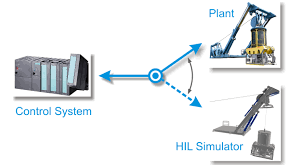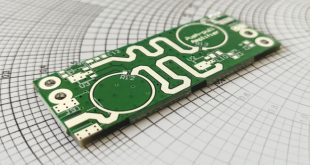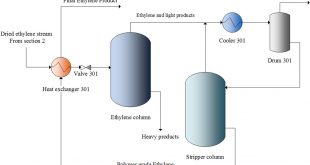In 2018, The American Society of Mechanical Engineers (ASME) named the Pratt & Whitney single crystal turbine blade an historic mechanical engineering landmark. These blades, which can be found in many modern, high-performance gas turbines (a.k.a. jet engines)—including the ones powering the F-22 Raptor, and larger electricity-producing turbines—are grown from a …
Read More »US DOD employing Synthetic Biology based on Self-assembly for on-demand bio-production of new materials for military
The COVID-19 pandemic, while demonstrating the nation’s vulnerabilities to biothreats, has also shown the fragility of the supply chain. The United States relies on foreign suppliers for a number of critical components including commodity chemicals, rare earth elements and active pharmaceutical ingredients, she said. Ensuring a resilient domestic supply chain …
Read More »Defense Acquisition System Policy (DoD 5000.01) emphasize life cycle systems management
The Department of Defense (DOD) acquires goods and services from contractors, federal arsenals, and shipyards to support military operations. The acquisition is a broad term that applies to more than just the purchase of an item or service; the acquisition process encompasses the design, engineering, construction, testing, deployment, sustainment, and …
Read More »RFSoC for Military 5G, Radar and Electronic Warfare
We live in an increasingly interconnected world, one in which mobile communications provide a significant element of this interconnectivity. This increasing demand for high speed, low latency networks supporting mobile connectivity is leading the definition of 5th generation mobile networks. These next generation networks are driven not only by changing …
Read More »NASA Flight Opportunities program facilitates rapid demonstration of promising technologies for space exploration
Two out of three missions to the red planet have failed. One reason there have been so many losses is that there have been so many attempts. “Mars is a favorite target,” says Dr. Firouz Naderi, manager of the Mars Program Office at the Jet Propulsion Laboratory. To get there, …
Read More »DARPA SAVaNT employing atomic vapors to develop Quantum Sensors at Room Temperature
We are in midst of the second quantum revolution moving from merely computing quantum properties of systems to exploiting them. Researchers are developing new capabilities in secure communication, ultra-sensitive and high signal-to-noise physical sensing of the environment and Quantum Information Science (QIS). Yet many scientists believe that quantum will …
Read More »Militaries race for Extreme cold weather vehicles for possible Arctic conflict and mountain warfare
As the Global warming is melting the Arctic ice, and opening up new shipping trade routes and real estate, intense resource competition over an estimated $1 trillion untapped reserves of oil, natural gas and minerals has started. Human activities have grown in the Arctic by almost 400 percent in the …
Read More »Hardware-in-the-loop simulation
Modeling and simulation (M&S) is the use of models as a basis for simulations to develop data utilized for managerial or technical decision making. Modeling is the process of representing a model (e.g., physical, mathematical, or logical representation of a system, entity, phenomenon, or process) which includes its construction and …
Read More »3D Printing of Antennas and RF Electronics alleviate sourcing, manufacturability, and security concerns of defense and aerospace industries
Additive manufacturing can reduce the time and material costs in a design cycle and enable the on-demand printing of customized parts. Recent advances in 3D printing technology now enable antennas and RF electronics to be designed and prototyped significantly faster than conventional manufacturing time scales. New multi-material 3D printers that …
Read More »Bio-ethylene (bio-based ethylene)
Ethylene is a hidden organic chemical that is crucial to modern human life. It is hidden because it is a precursor to products used in most households worldwide but not sold directly to consumers. For example, ethylene is the chemical base for polyethylene (PET) bottles, car parts, buckets, pipes, and …
Read More » International Defense Security & Technology Your trusted Source for News, Research and Analysis
International Defense Security & Technology Your trusted Source for News, Research and Analysis








